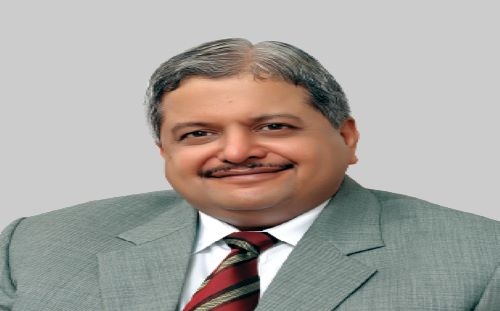With 377 million people forming a third of India’s population living in urban centres, India is at the cusp of urban transformation. In fact, the last Census identified 68 metropolitan cities (with population over one million) across the country which are likely to witness significant growth in their size and population in the coming decades.
Given the pace of urban transformation, it is imperative that urban India rises to the challenge of managing the twin problems of congestion and air quality. The accelerating urbanisation has several social implications as well. In the last few decades, there has been an exponential increase in demand for travel combined with an aspirational India wanting to move up the social ladder and get behind the wheel which has been a major contributor to the rising vehicle ownership.
While rising car ownership meets ambitions of the burgeoning middle class, it has been accompanied by increased congestion in the cities, gradual conversion of community spaces to parking spaces, rising vehicular pollution levels and high stress levels. Use of public transportation has been relegated to the bottom of pyramid as, socially, it is seen as an inferior mode of travel and below one’s status.
Apart from congestion, the adverse impact of higher private vehicle ownership is evident in the declining air quality, increased pollution, and rising vehicle fatalities. The lockdowns necessitated by pandemic and the subsequent slow resumption of transport services have highlighted the need for an overhaul of transportation systems as we cannot afford to go back to the ‘old normal’ and grapple with the issues of congestion and air pollution. There is need to create hyperlocal space with easy access to services and amenities in all areas of the city.
The face of urban transportation will have to change and change drastically. It will change from personal vehicles to comfortable and affordable mass transit options, shared mobility services and electric vehicles.
It will also change from every open space occupied by parked vehicles to making available spaces and tracks for those who want to use non-motorised options like cycles and prefer to walk to address the challenges that urban India is facing.
Urban transportation infrastructure will comprise a network of charging station for EV’s, availability of parking spaces for cycles, 2 wheelers and cars in all parts of the city at walkable distance for all use cases besides electric buses, metro services etc. to ensure that the growth in personal vehicles can be stopped.
It is also believed that multimodal transportation solutions will become available soon to allow users the option of seamlessly integrating services like public transportation and ride-sharing, instead of having to choose one over the other.
Besides, urban India will adopt transportation/traffic management and vehicle congestion regulations to enforce:
· Low and zero-emission zones in peak hours to decongest traffic and reduce the number of private cars on the roads
· Incentives for commuters to seek public transport instead of using personally owned vehicles
· Imposition of extra charges on private vehicles if they enter the congestion zones in peak hours
· Limiting number of new personal vehicles that can be registered depending on number of older vehicles that are scrapped.
· Creation of Low and zero emission zones for peak hours.
· Increase in parking prices and zero free parking areas in cities
· Imposition of extra charges on private vehicles if they enter the congestion zones.
While some of the above may sound farfetched looking at current situation and regulatory framework, it may become a reality sooner than we can imagine because there are no easy solutions/answers to the challenges of congestion, pollution and infrastructure bottlenecks. While this change may sound drastic, it is for a better tomorrow for all those who will shift and continue to live in Urban India.
By Rajiv K Vij, MD and CEO, Carzonrent India and Founder, Plug Mobility.






